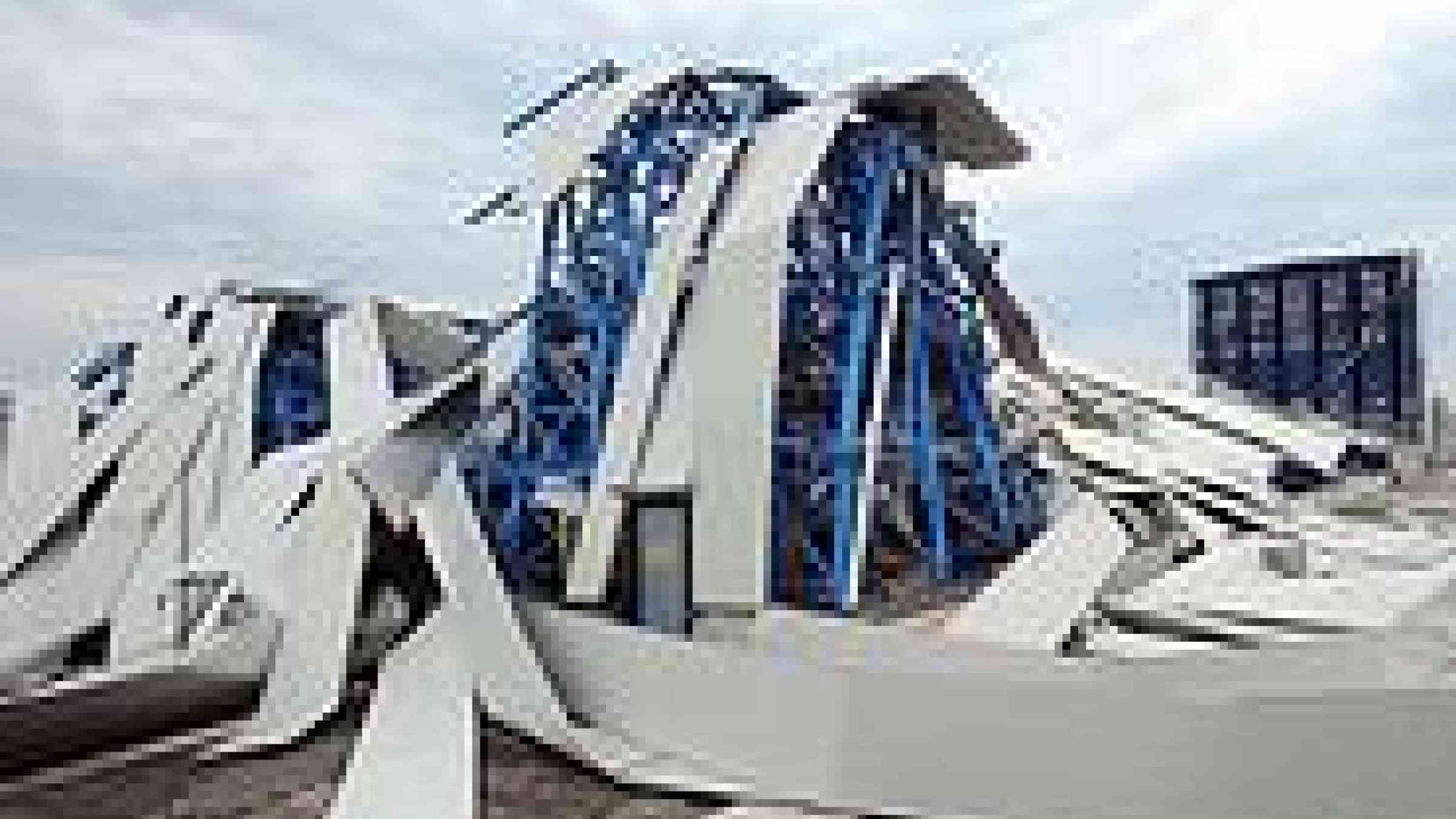Italy earthquake: modern buildings, not ancient ones, pose biggest threat

According to the Christian Science Monitor, the newer buildings constructed in the period between 1940 and 1970 are more vulnerable to earthquake damage than the older structures. This is due to the fact that after World War II the population increased dramatically and houses had to be rebuilt quickly following the great bombing damages. “However, anti-seismic standards were introduced only in 1973, which means about half of the current houses lack them,” says Leopoldo Freyrie, president of the National Council of Architects.
The National Council of Architects warns that "there are 6 million buildings facing grave seismic risks in Italy" and criticizes the lack of security standards of buildings in the country. Drills in public schools are also recommended. The architects are urging for reconstructions of old buildings to meet modern standards.